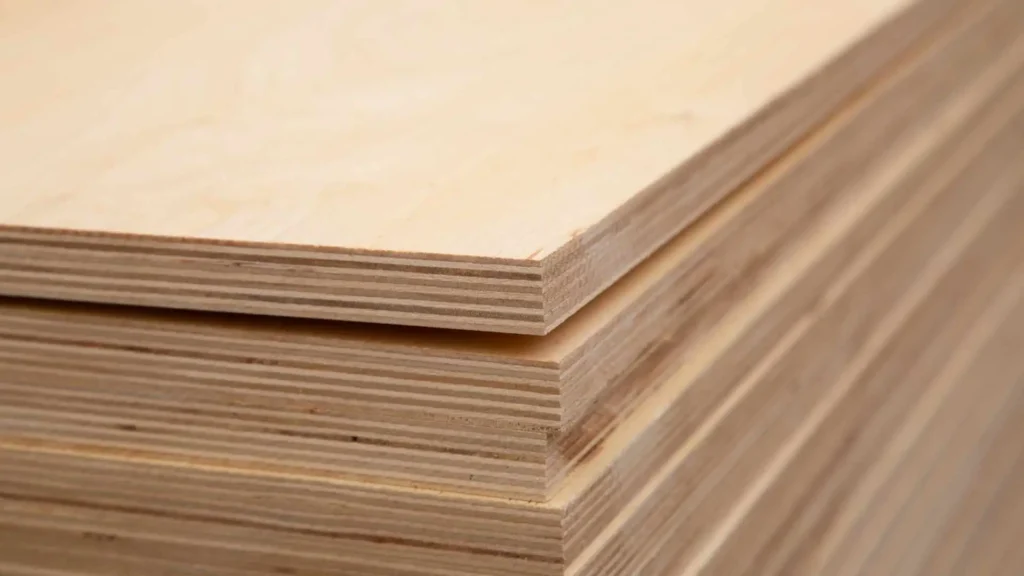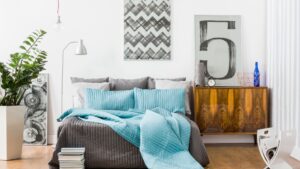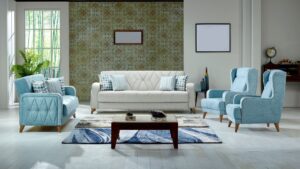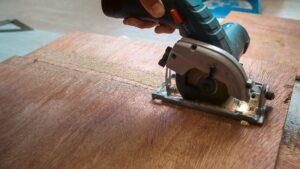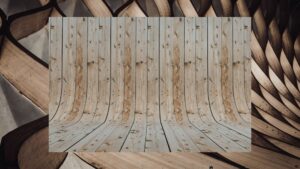Blockboards have become a fundamental material in modern interior design. It gives designers an ideal mix of practicality and visual attractiveness. This engineered wood product is made up of solid wooden strips placed between two layers of plywood, making it very strong for numerous design uses.
Superior Structural Integrity
Interior designers always prefer blockboards because of their great ability to bear load. The core made from solid wood gives it amazing strength, which makes it perfect for uses that need heavy duty like kitchen cabinets, wardrobes and shelves units. Compared with particle board or MDF, the structure of a blockboard stays strong even when bearing a lot of weight.
The material has a special quality of not bending or warping which makes it different from the usual options. This strong stability means that over time, furniture and building parts keep their original shapes, lowering maintenance expenses and reducing customer issues about drooping surfaces.
Versatile Design Applications
The adaptability of blockboard makes it an ideal material for designers. It can serve many functions, from making bespoke furniture items to building room separators and wall paneling. The flat surface takes different finishes very well, such as laminates, veneers and paint applications.
Designers like very much that blockboards can be easily cut, shaped and joined with regular woodworking tools. This makes it possible to create complex designs and custom solutions for clients while still keeping good quality and strength.
Cost-Effective Solution
Projects that need to save money can gain a lot from the good prices of blockboards. It gives the look of high-quality wood but at much lower costs than solid wood, which makes luxury designs available for more customers. Even with its cheaper price, there is no loss in quality because blockboards sometimes work better than more costly options in certain uses.
The durability of the material gives good value for money. Customers spend on furniture and fittings that keep their look and use for a long time, making up for the early cost by needing fewer replacements.
Sustainable Design Choice
Today, a lot of design choices are influenced by thinking about the environment and blockboards help to support eco-friendly methods. It’s made from wood strips that could be wasted otherwise, which means it makes best use of timber and lessens the effect on nature. Many producers get their materials from forests that are managed in a responsible way.
The way of production creates very little waste when you compare it to the processing of solid wood. This kind of efficiency is attractive to designers and clients who are mindful about the environment. They prefer materials that are responsible environmentally, but they do not want to compromise on design quality.
Enhanced Moisture Resistance
The way blockboard is made gives it a better ability to resist dampness compared to many other options. The core of solid wood, if sealed correctly, can handle changes in humidity more effectively than materials based on particles. Because of this quality, it becomes an apt choice for places like kitchens and bathrooms where there is often moisture present.
Interior designers appreciate this dependability a lot, particularly in areas where the weather can change frequently. The stability of the material under different environmental conditions guarantees steady performance across various project sites and throughout changes in seasons.
Professional Finishing Capabilities
The quality blockboard with its smooth and even surface takes professional finishes very nicely. When using high-shine laminates, natural wood coverings or special coatings, designers get steady, expert outcomes that improve the beauty of the whole project.
This complementary adaptability lets designers align with current decoration elements or make bold differences. The material’s capacity to imitate costly wood types through veneer application offers endless creative opportunities while keeping within budget limits.
Blockboard keeps becoming more popular with interior designers because it has a special mix of strength, flexibility and cost-effectiveness. This makes it a very necessary material for modern design works.
